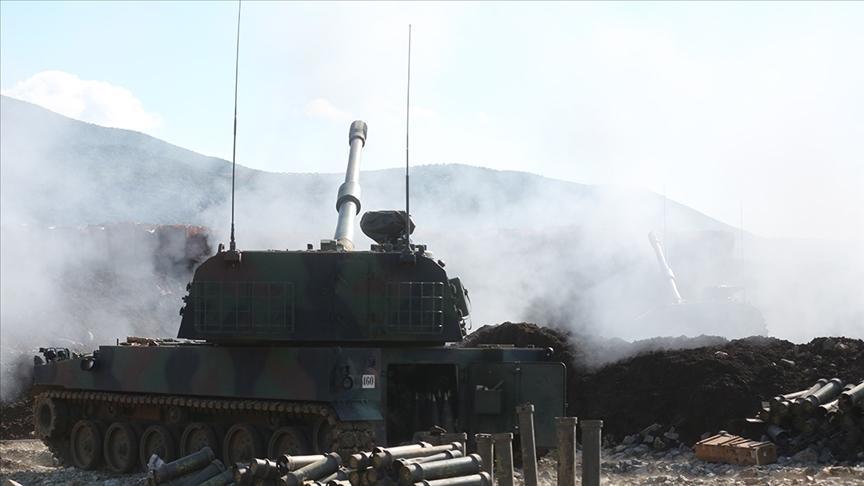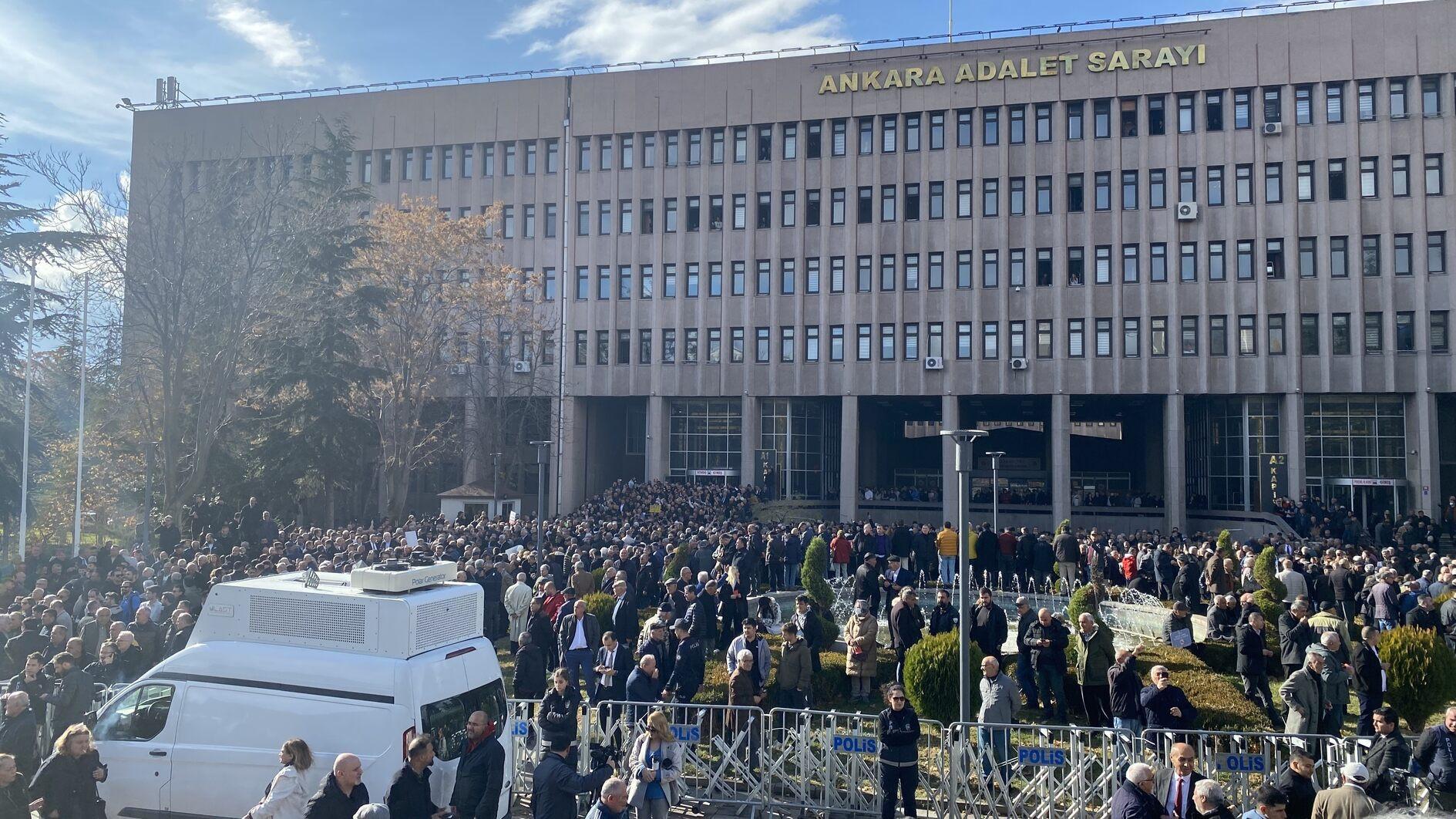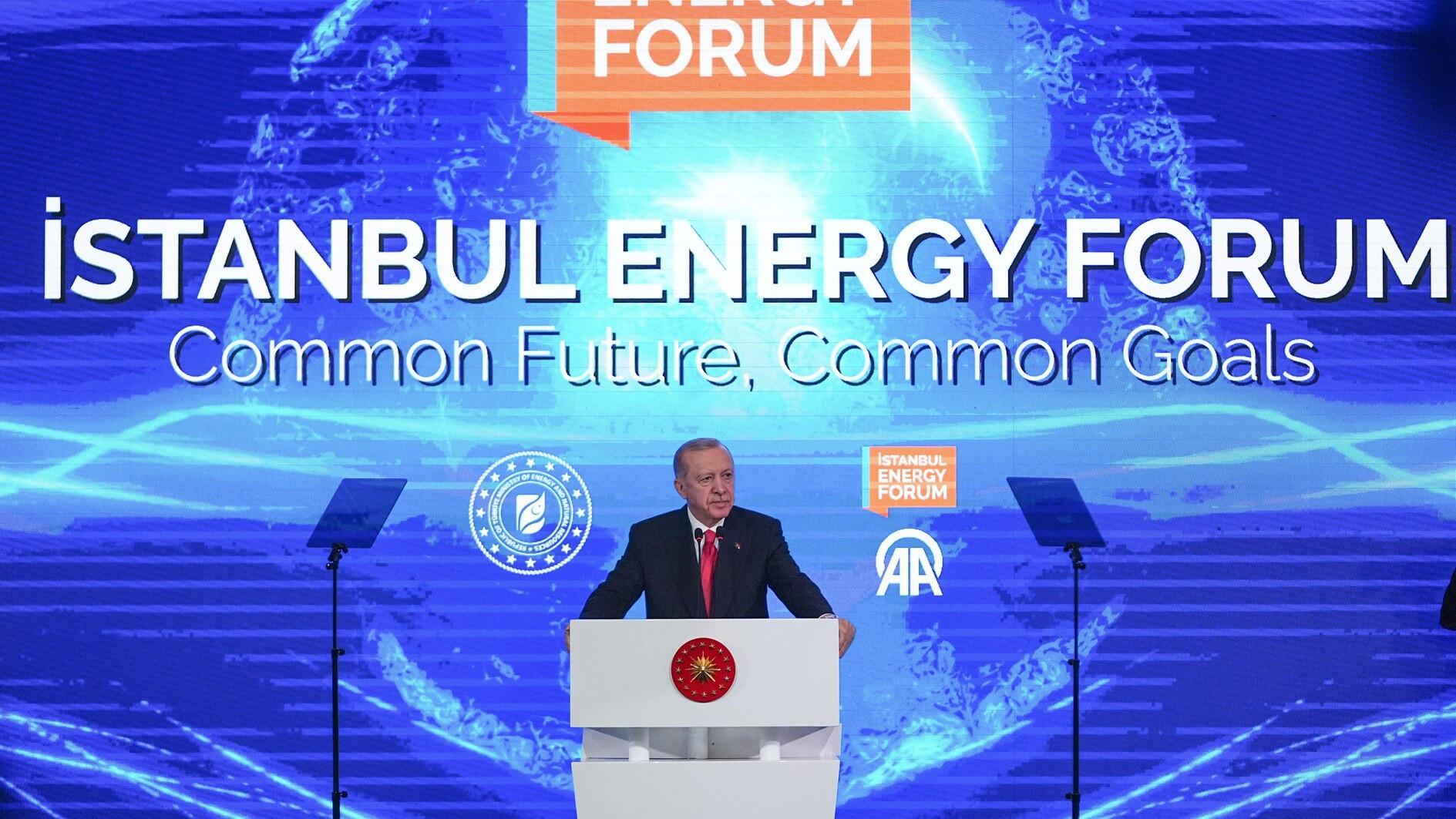As borders expire in the Middle East
I will address a bit later U.S. Secretary of State John Kerry’s remarks approving the military coup that ousted the elected President Mohamed Morsi in Egypt as a step to “restore democracy,” as well as the U.S. deciding to temporarily close its embassies in the greater Middle East area.
To start with, the “Middle East” is an outdated political expression from colonial times. East according to what, and the middle of where?
For Arabs it is the motherland they have been living in for thousands of years, for Jews it is the promised land they found again after thousands of years. For Iranians, the best geographical connotation could be "west," not “middle” east. For the Turkish Empire under the Ottoman Dynasty, the whole geography from Cairo to Baghdad and from Damascus to Jerusalem and Mecca were southern provinces. Now, to the Turkish Republic, they are capitals of southern neighbors, not eastern ones.
There is a difference between the British and American use of the term as well. For Washington, the Middle East has been used in its narrowest meaning: The Israeli-Palestinian conflict. Britain’s use of it is closer to the way the Turks, the French, the Germans and the Russians use it. The European way actually describes an Islamic geography from Morocco in the west to India and Indonesia in the east, and from Turkey in the north to Yemen and Sudan in the south. Perhaps that is why U.S.
policymakers invented the term “Greater Middle East” in order to describe the area for more than 10 years now, especially after the 9/11 al-Qaeda attacks in 2001.
Knowing this, let us continue to say “the Middle East” for convenience, for now.
The current borders of the Middle East were drawn almost a century ago during the collapse of the Ottoman dynasty and decomposition of Turkish Empire, under the influence of three main factors. Vast oil fields of Arabia at the beginning of oil age Arabia, the rise of communism in Russia as a main threat to Western capitalism, and the final stages of British colonial rule in India.
Soon, India would be out of the picture and the “Middle East” was in. Straight lines were drawn in the sand as the borders of new countries.
Especially after the Second World War, the U.S. and western Europe mobilized all their political, financial and military capabilities in order to struggle against the Soviet Union, and they succeeded in the early 1990s. Now, it seems, the global enemy of global capitalism is political Islam in the most radical sense - a flagless, borderless army belonging to no capital is carrying out a violent war.
As the nature of the energy war in the region changes, the expiration date of the artificial borders drawn a century ago is being passed. Without having this historical background in mind it is not easy to grasp how the boats of the Arab Spring have hit the rocks in Egypt and now in Syria, and how a Kurdish nationalism that did not have any borders a century ago is now on the rise.
Whenever a chain of civil wars, revolutions, counter revolutions and actual wars have taken place in the “Middle East” either regimes, borders, or both, change.
Is it now more clear why Kerry is trying to save the day by blessing a coup as a democratic step and at the same time putting embassy activities on hold in fear of new attacks?











